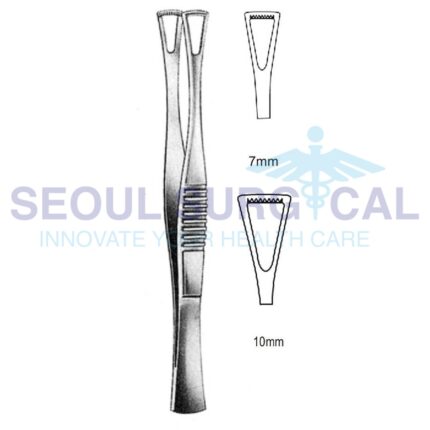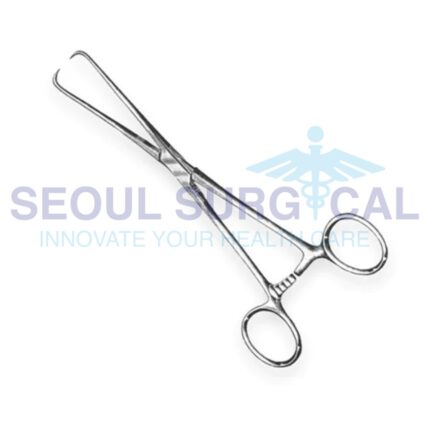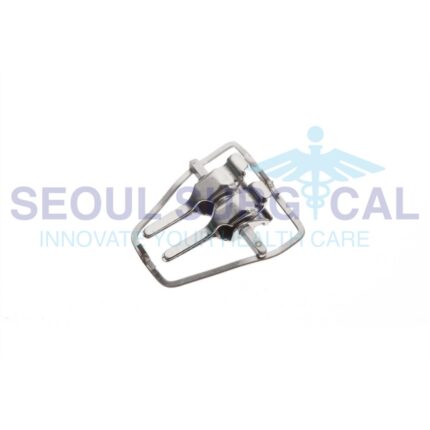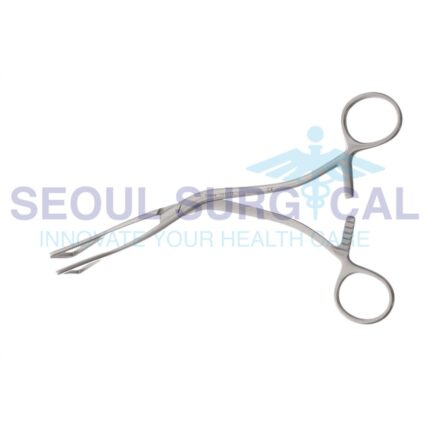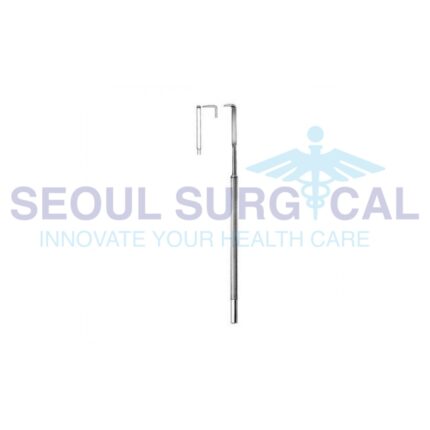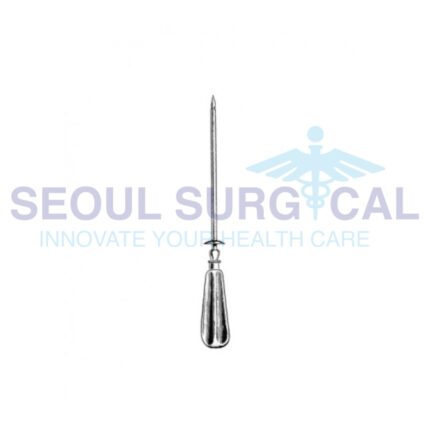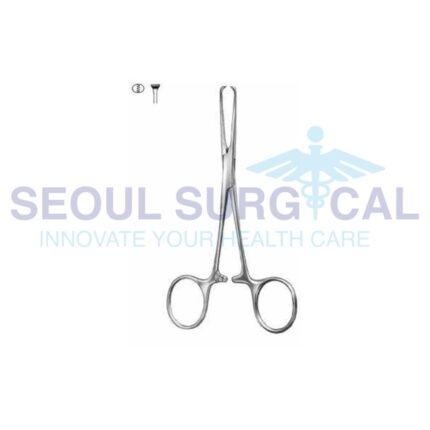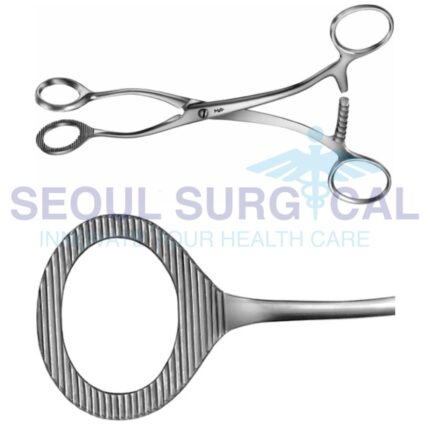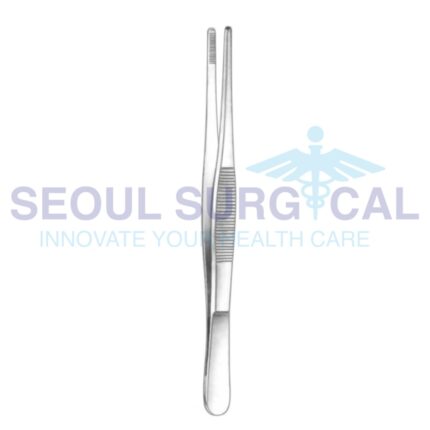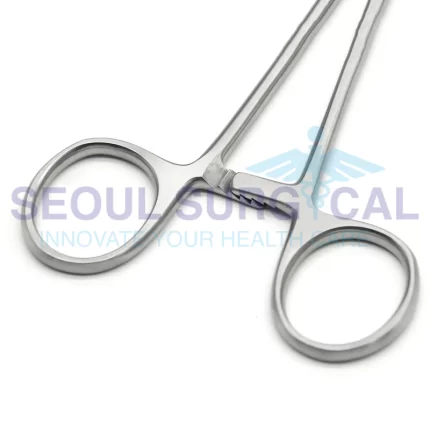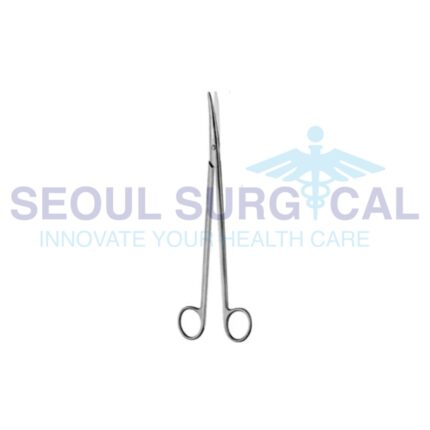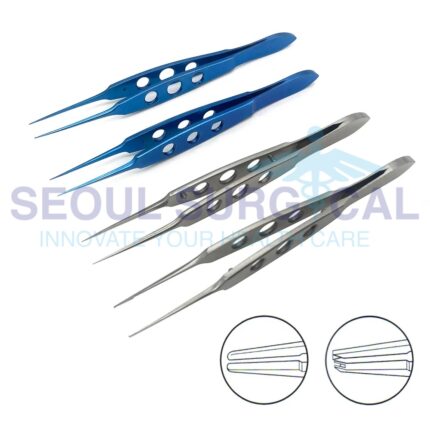Fine Grasp: The Art and Technique of Splinter Forceps in Minor Procedures
When using splinter forceps, it's important to follow proper hygiene practices and clean the forceps before and after each use. Sterilization may be necessary, especially in clinical settings, to prevent infection. Splinter forceps are a handy tool for prompt and precise removal of foreign bodies, providing relief and preventing potential complications associated with embedded objects in the skin.
Fine Handling: Exploring the Use of Peritoneum Forceps in Abdominal Procedures
The choice of peritoneum forceps depends on the nature of the surgical procedure, the specific tissues being manipulated, and the surgeon's preference. These forceps are made of high-quality materials such as stainless steel and are subjected to sterilization processes before use in surgery to maintain aseptic conditions. The delicate and precise design of these forceps allows surgeons to handle peritoneal tissues with care during abdominal and pelvic surgeries.
Fine Stitch: The Precision and Efficiency of Surgical Approximators in Modern Surgery
The choice of a specific surgical approximator depends on the nature of the surgery, the type and location of tissues being approximated, and the surgeon's preference. Surgical approximators play a crucial role in promoting proper wound healing, reducing the risk of infection, and minimizing scarring.
Fine Touch: Enhancing Surgical Dexterity with Specialized Organ Grasping Forceps
Fine-tuning the Tonsils: A Guide to Surgical Instruments in Tonsillectomy and Laryngeal Procedures
Fluid Dynamics: Exploring the Functionality of Trocars and Suction Tubes in Surgical Fields
In laparoscopic surgeries, trocars are initially used to create access ports, and once access is established, various instruments, including suction tubes, can be introduced through these ports. Trocars are typically inserted under direct visualization using a camera system, allowing the surgeon to monitor the entry into the abdominal or thoracic cavity.
Gastric Precision: A Comprehensive Guide to Advanced Stomach Instruments in Surgery
It's important to note that the specific instruments used may vary based on the nature of the medical condition or surgery involving the stomach. Additionally, advancements in medical technology may introduce new instruments or techniques over time. The selection and use of these instruments are typically guided by the surgeon's expertise and the patient's specific condition.
Gentle Grip: Understanding the Art and Technique of Organ Grasping in Surgery
Gentle Handling: Navigating Dressing Forceps in Medical Procedures
Dressing forceps play a crucial role in maintaining aseptic conditions during medical procedures, especially during wound dressing changes. They are used by healthcare professionals in various specialties, including general surgery, orthopedics, dermatology, and wound care. Proper handling and sterilization of dressing forceps are essential to prevent infections and ensure patient safety. The choice of dressing forceps depends on the specific requirements of the procedure and the preferences of the healthcare provider.
Gentle Handling: Navigating Procedures with Sponge Forceps in Surgery
These forceps are typically made of high-quality surgical stainless steel to ensure durability and resistance to corrosion. The serrated jaws of the forceps provide a secure grip on the sponge, preventing accidental slippage during surgery. Proper sterilization procedures are followed before and after each use to maintain aseptic conditions in the operating room.
Sponge forceps are an essential part of the surgical toolkit, contributing to the efficiency and safety of various surgical procedures by aiding in the management of surgical sponges and maintaining a sterile environment.
Gentle Maneuvers: Exploring the Role of Sinus Forceps in Surgical Procedures
The choice of sinus forceps depends on the specific sinus involved, the nature of the procedure, and the surgeon's preferences. These instruments play a crucial role in sinus surgery, helping to improve sinus drainage, alleviate symptoms, and treat various sinus-related conditions. Surgeons use sinus forceps with precision to navigate the complex anatomy of the nasal sinuses and achieve optimal outcomes for patients.
Gentle Precision: Atraumatic Micro Forceps in Minimally Invasive Surgery
These forceps are typically made from high-quality materials such as stainless steel and are designed to withstand repeated sterilization for use in aseptic surgical environments. Surgeons use atraumatic micro forceps to ensure minimal tissue damage during delicate procedures, such as those in ophthalmology, neurosurgery, and plastic surgery, where precision and gentle tissue handling are crucial for successful outcomes.

